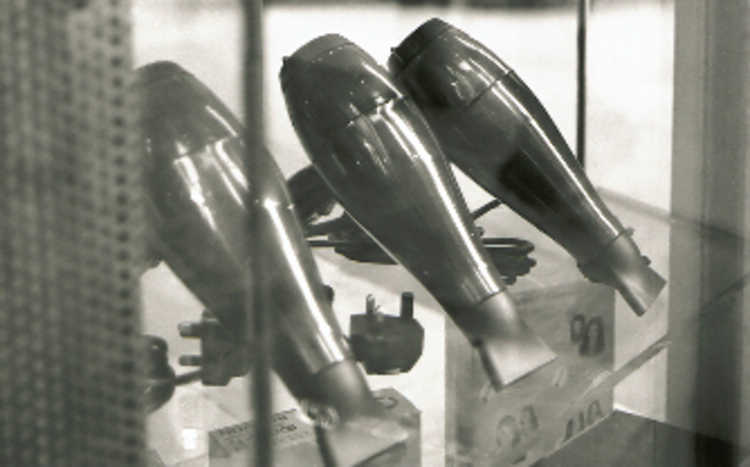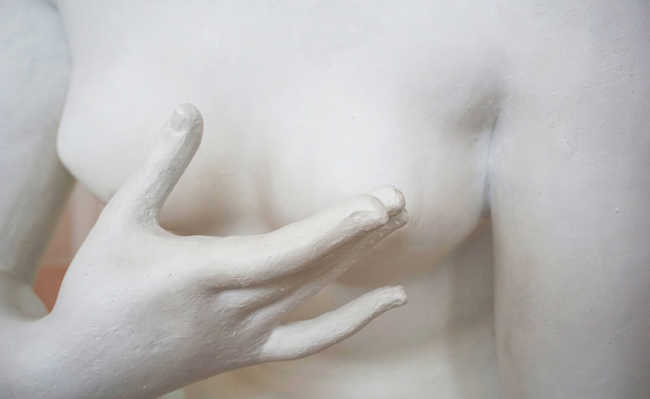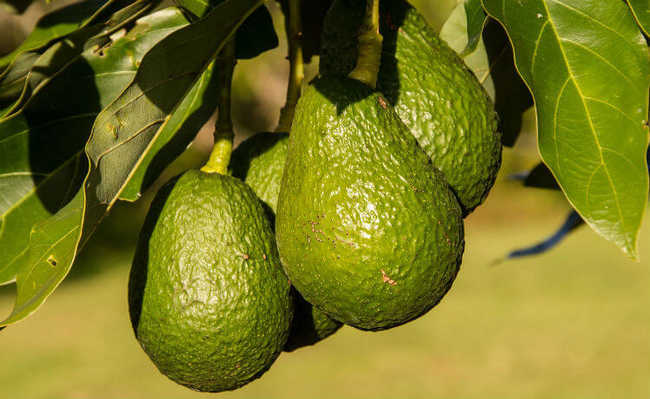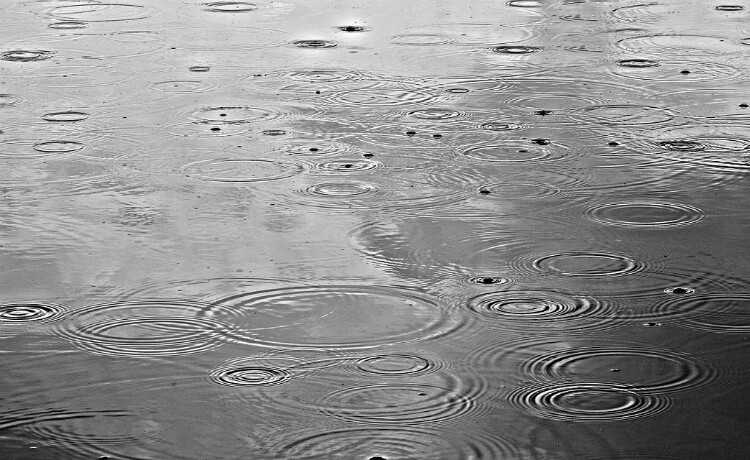Red clay: uses, properties and how to apply
Red clay has beneficial minerals for skin health

Image by David von Diemar in Unsplash
Red clay, popularly speaking, is a naturally occurring red powder composed of minerals that provide health benefits. Red clay is formed from physical and chemical weathering (rock degradation through wind, earthquake, rain, action of roots, etc.), which gives rise to very fine particles, a thousand times smaller than grains of sand. Rocks with a greater predominance of iron oxide give rise to red clay.
Red clay composition
Clay particles contain silica (SiO2) and a mixture of other minerals such as quartz, carbonate, aluminum oxides and iron oxides. The proportion of SiO2 and other clay minerals present in the clay determines the type of clay. Continuous weathering causes leaching of minerals such as sodium, potassium, calcium and carbonate, but iron and aluminum oxides are more stable and less prone to leaching. Highly weathered clay deposits contain mostly aluminum or iron oxides, red clay.
Red clay properties
Contaminant retention
The minerals present in clay particles strongly attract water, causing the particles to expand and contract with moisture conditions. When particles are hydrated, they double in size.
Clay minerals also produce a charge on clay particles, causing the attraction of other ions – charged molecules in solution – such as pesticides and contaminants. For horticulture and crop production, retention of pesticides and contaminants in clayey soils can be a serious problem.
natural pigmentation
Throughout history, red clay was used extensively in paintings. Nowadays, most iron oxide pigments have been replaced by synthetic compounds. But nothing prevents the culture of using natural pigments such as red clay from being rescued.
Making of tiles and bricks
As water molecules are attracted to clay, a mixture of water and clay forms a slurry that can be molded, dried and baked to form ceramic materials. However, as the iron content of red clay melts at lower temperatures than minerals from other types of clay, the strength of red clay products is lower, and its use is limited to making tiles and bricks.
wonderful skin
Red clay is excellent for sensitive skin. It absorbs oils, hydrates, prevents expression lines, has a healing effect and, as it is rich in iron oxide, it helps to renew the structure of cells, which need iron to carry out cellular respiration. Red clay also helps reduce cellulite as it activates blood circulation in the area where it was applied.
In the body, red clay provides an anti-stress effect and helps to stimulate blood circulation.
Clean and hydrated hair
Red clay, if mixed with water, can be used on the scalp to clean, moisturize and shine the hair.
How to use red clay
on the skin of the face
To apply red clay to the face, mix a tablespoon of red clay in a bowl containing a tablespoon of water. Mix into a paste and apply a thin layer to the facial skin. Leave to act for 15 to 30 minutes and remove with plenty of water.
On body
Mix, in a proportion of one to one, red clay and water, in the desired amount, until it forms a paste. Apply in the region of interest and let it act for ten minutes. For best results, bandage the application area during the clay's period of action.










